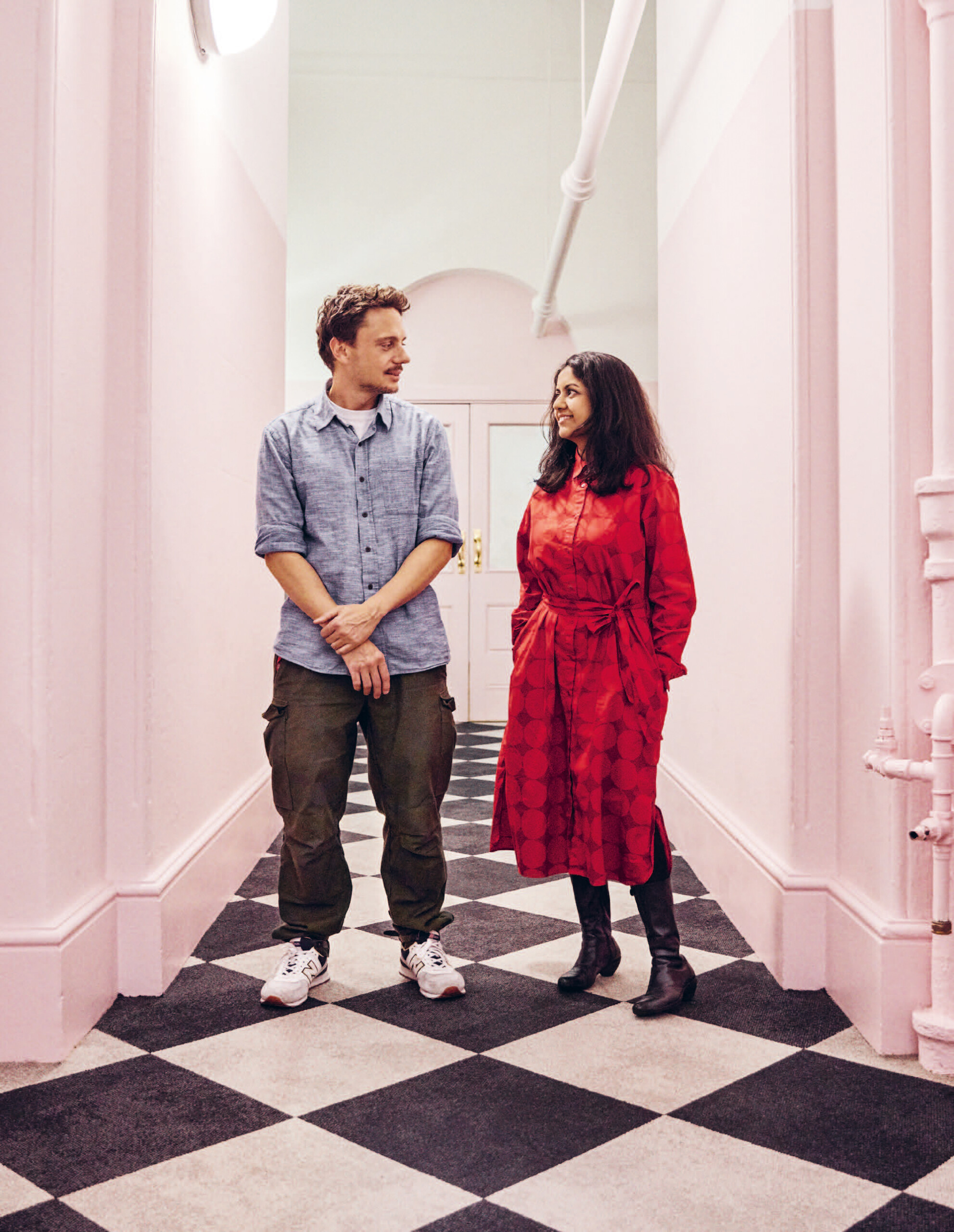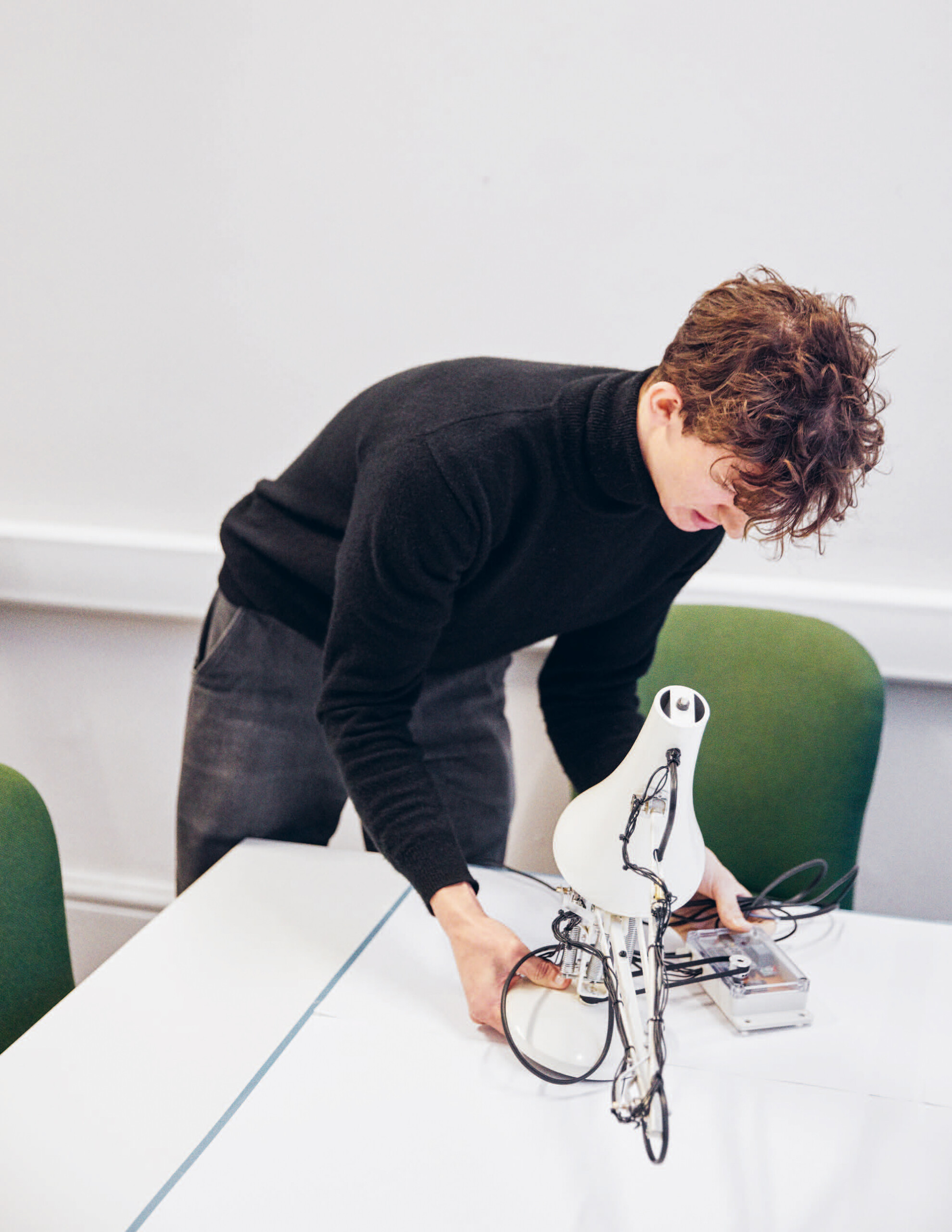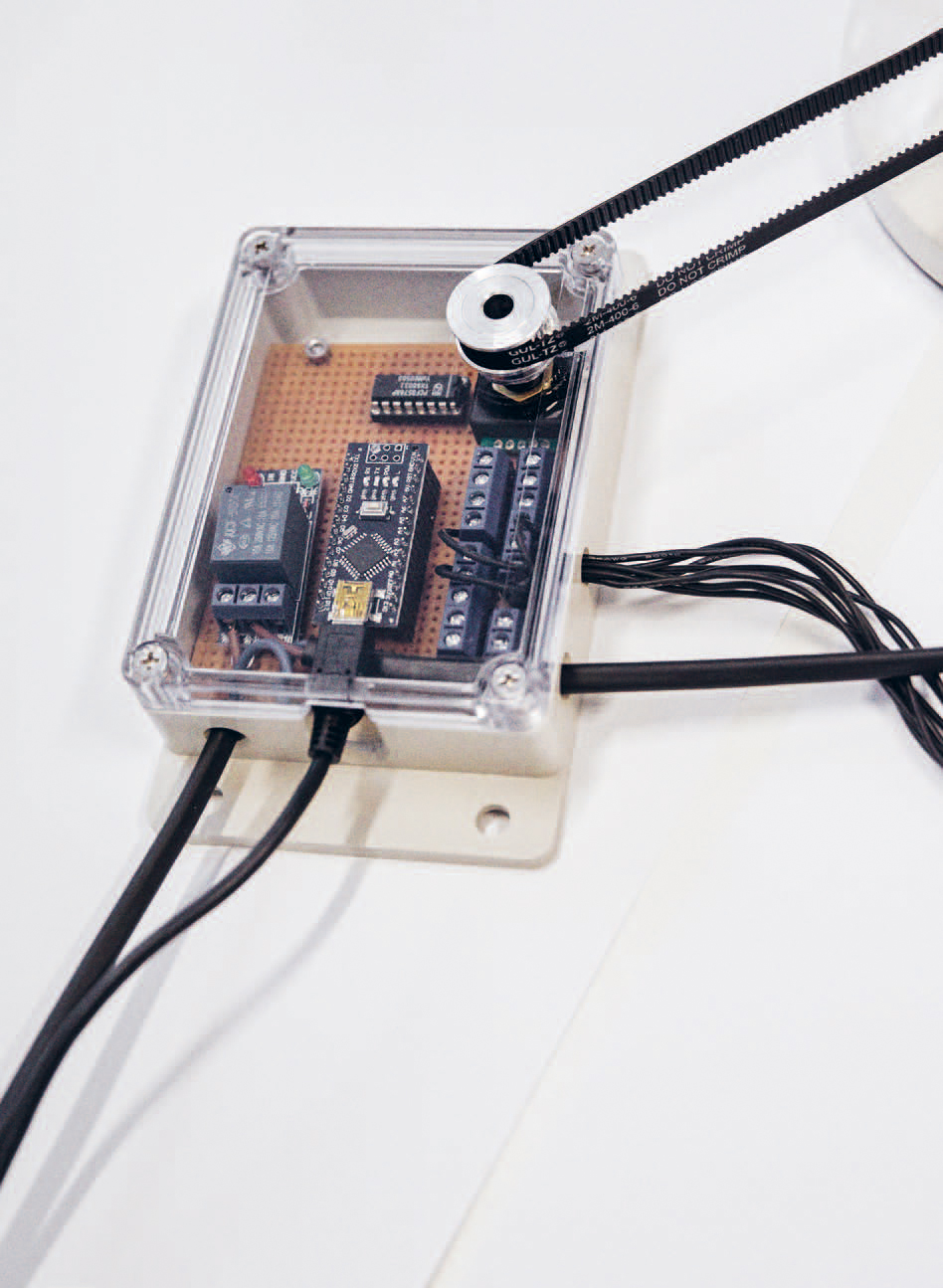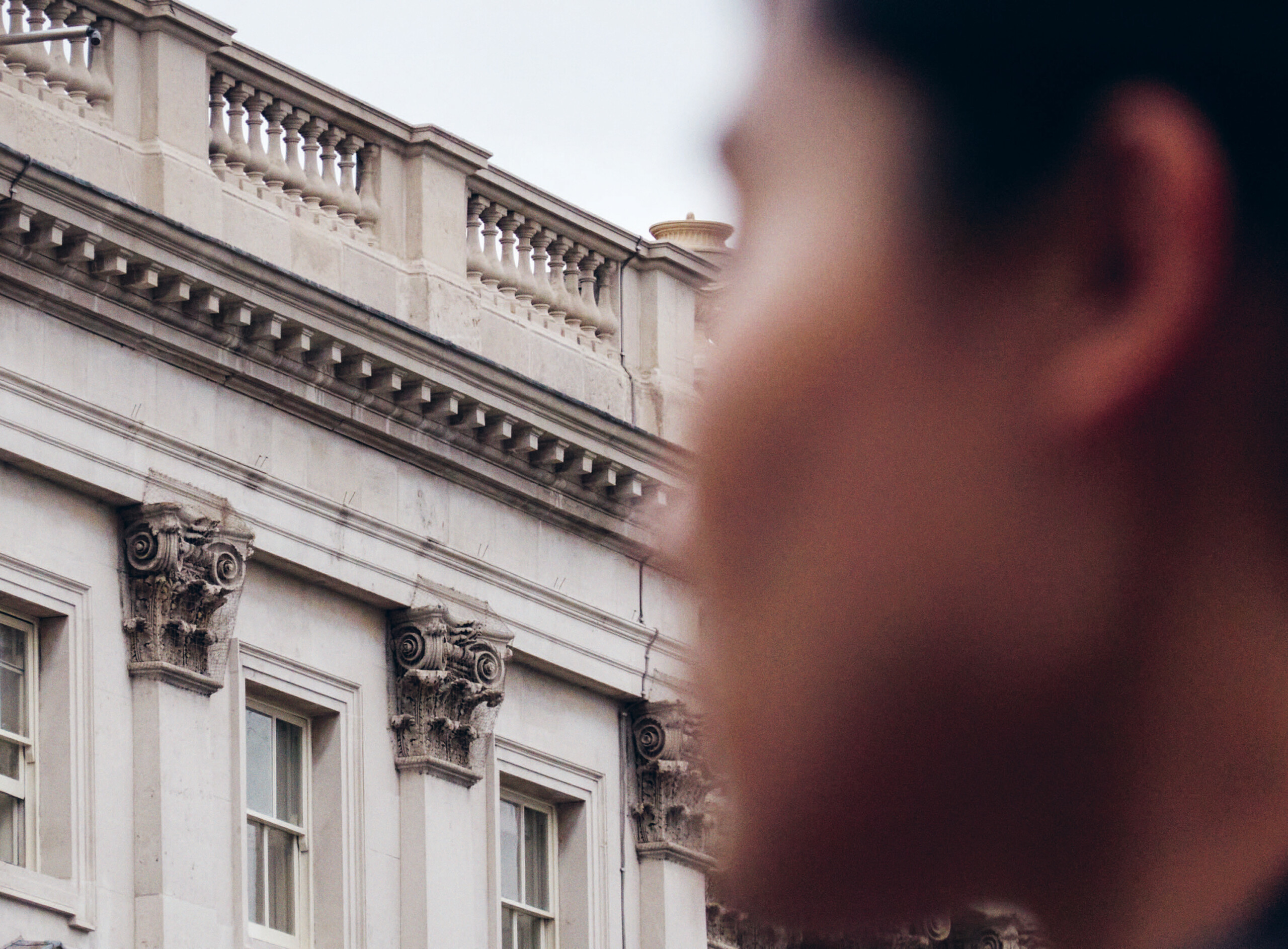SUPER
FLUX
Space of Possibilities

Anab Jain and Jon Ardern founded the London design studio, Superflux, in 2009. They are among the pioneers that were using design methods such as speculative design, critical foresight, design fiction and experiential futures in business in their work with customers including Google AI, Anthemis, Sony, Samsung and IKEA at a time when design was not a widespread tool for imagining hypothetical worlds and critical company strategies.
Their ability to identify and understand areas of uncertainty and use the means of design to transform them into imaginable spaces of opportunity is a hallmark both of their self- initiated experimental research projects and their practice with companies. Their in-depth exploration of manifold possibilities not only throws open undiscovered opportunities and helps to identify blind spots; it also feeds a strategic, well-founded and long-term decision-making process taking its guidance from the power of the imagination. In 2021, Superflux received the Design Studio of the Year Award to honour its over ten years of socially responsible committed contributions to the fields of speculative and future design. The studio’s work has been shown at institutions including the National Museum of China, MoMA New York, V&A Museum London, La Biennale di Venezia, MAK Vienna, Vitra Design Museum, the Science Gallery in Dublin and Kunsthaus Graz.
ANAB JAIN &
JON ARDERN


Where do you see the potential of speculative design in collaboration with companies?
A
J
At our studio, Superflux, Jon and I never set out with an explicit remit to solely practise speculative design. Instead, we saw it as an insight-driven way to explore the potential and consequences of a wide range of issues, from technology to synthetic biology, civic society and the climate crisis. In our current climate—as we teeter on the edge of multiple uncertainties—there is massive potential for companies, businesses and organisations to use speculative design as a navigational methodology. The power of speculative design, along with design fiction and experiential futures practices, is that it can allow companies and businesses not just to see a flattened idea of a future presented as a graph or a data set, but to experience myriad possibilities. Step into another possible future and really explore it. See it. Feel it. Sense it.
When multiple players within an organisation are placed directly in one possible experiential future, they are directly attuned to uncertainties of that world and have an opportunity to imagine routes around it more holistically. In this way, the implications of an increasingly uncertain future don’t simply happen to others or arrive as a surprise. And that, I think, has a lot of power in it.
J
A
For us, speculation is a space of possibility, and the power of speculative design is that it creates these open spaces: taking that speculation and giving it form and bringing it into the now, allowing for a visceral, full-bodied engagement. It opens up new ways of thinking about the future and the possibilities we might engage with in a robust, intuitive manner.
-
-
-
-
Speculative design is becoming increasingly popular. What has been your experience, especially in working with industry and applying these methods and tools?
A
J
I want to draw a significant distinction between tools, methods and practice. For example, if you give a sewing machine to someone who doesn’t know how to sew, that tool is useless. On the other hand, if you look at the way carpenters work, they alter or even make their own tools according to what the craft asks of them. What’s happening today is we are seeing the packaging of what might be considered to be speculative design toolkits. What might be lost in the dissemination and distribution of such packages is the approaches and the praxis that comes with such tools. While it’s great that more people are engaging with and exploring speculative design, there remains a slight danger because tools, in and of themselves, are useless until they form an active relationship with the practitioner. So I want to emphasise the importance of practice and rigour and spending the time to really actively shape the tools as per the practice.
J
A
We’re increasingly seeing speculative design becoming a bit like design thinking, where you announce it and then you can do it. Or: I’ve read a book, and now I can do it. It’s much more about developing practice—developing your practice. We’ve worked with companies that are open and brave enough to engage with the reality of speculative design several times, giving themselves the opportunity to visit slightly uncomfortable places—not just to use it as a kind of brand exercise, but to penetrate the core of what speculative design says, which is that the future is uncertain, the future is messy and uncontrollable to some degree. For those willing to engage in this way, we’ve had really positive experiences.
-
-
-
-
Your work moves in the interface between self-initiated or experimental projects and concrete commissioned works from clients. What is the difference in working with speculative design when you collaborate with a museum, say, compared to a company? What are your experiences with that?
J
A
It really depends on the museum and the company. But, in general, one is not better than the other. Each path has a unique context and distinct challenges, and requires a nuanced approach to navigate it. We’ve done client work that has been wide open, where we were free to push and explore areas that we had assumed were off-limits. But when you’re working with a company, you often have to be mindful of how you navigate routes and what you think is essential. To add to that, we find the combination quite refreshing—the discipline of working across boundaries. When working with a company, it’s great to think about how you can introduce ideas into a space where they might be harder to navigate. So for us, the two disciplines or paths have a symbiotic relationship.
A
J
Whereas companies come with very different objectives—they approach us with an idea, and we then re-imagine and rewrite the brief. So they are two very different entities, and the work and thinking is filtered out into very different spaces.

Speculative design is a relatively new practice in which current developments are extrapolated into the future as a basis for generating speculative scenarios. These scenarios serve as tools in the here and now for gaining critical access to potential futures, particularly with respect to emerging technologies and their social, cultural and political impacts. The scenarios applied in this process are derived from models or items of fictional apparatus that make no claim to be functional products, but instead have the purpose of making complex contexts visible.
Please select an offer and read the Complete Article Issue No 13 Subscriptions
Already Customer? Please login.
